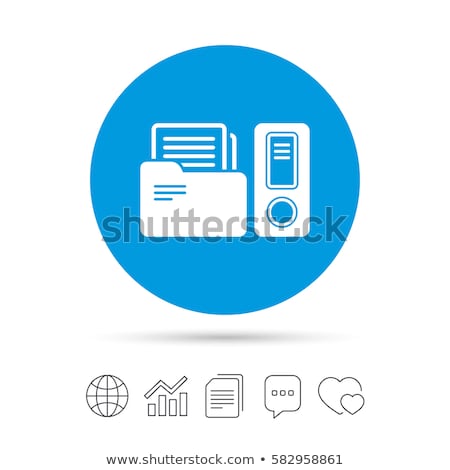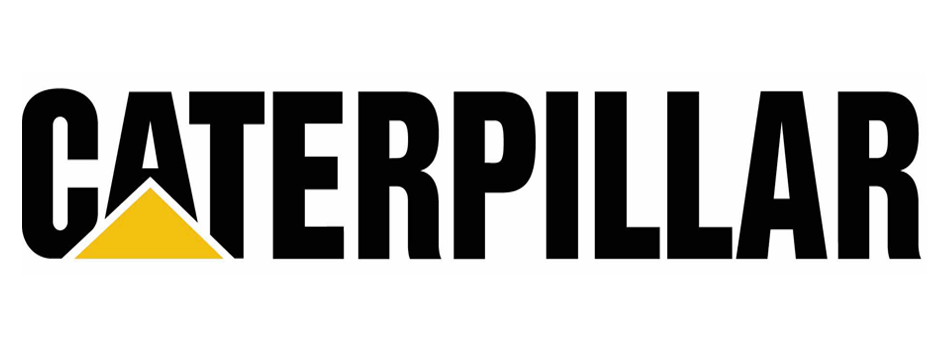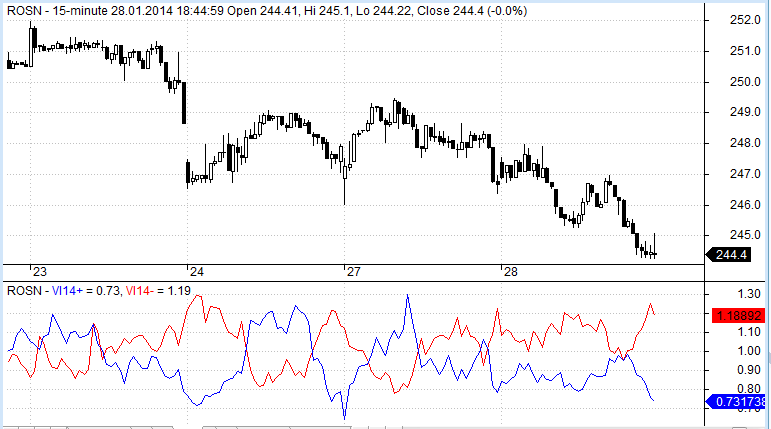Marketable Securities Definition, What is Marketable Securities, and How Marketable Securities works?
Marital life Tips and Advice to Improve Your Romance
22 Dicembre 2021What exactly is Mail Buy Bride?
23 Dicembre 2021

No, property, plants and equipment, also known as PP&E which does not fall under current assets. Due to this, they are considered fixed assets which makes them illiquid as they won’t be convertible to cash anymore. Fixed assets are something useful and kept for more than one year. Due to this reason, fixed assets are kept as long-term assets and known as non-current assets. Trading Securities – These are debt or equity securities that are held for current resale.
Treasury payments and industrial paper, additionally rely as short-time period investments. Marketable securities are a part of present assets on a firm’s stability sheet. It is part of a determine that helps decide how liquid a company is, its ability to pay expenses, or pay down debt if it needs to liquidate assets into cash to do so. A marketable safety is a monetary asset that can be offered or transformed to cash inside a 12 months.
What is considered a marketable security?
Marketable securities are defined as any unrestricted financial instrument that can be bought or sold on a public stock exchange or a public bond exchange. Therefore, marketable securities are classified as either marketable equity security or marketable debt security.
Conditions for grant or renewal of certificate for the purpose of section 12 of the Act has been stipulated in rule 4. The following para in the Memorandum of appeal itself indicates that the Appellant had undertaken the activities of Share Transfer Agent. In the said list name of “CRB Mutual Fund ” has been clearly mentioned. So the reference in the list obviously should be to the services rendered as STA.
Other securities
In this background we have to see whether the public offer of units made in the Arihant Mangal scheme is an issue in terms of the rule 2. In this context he referred to the concept of Mutual Fund, Sponsor, Trustee, Asset Management Company and Custodian, recognized under the Regulations and the duties and functions assigned to each one of them. He submitted that the Appellant is not out of the reach of the Regulations and that since it has failed to comply with the requirements of the law, the penal consequences provided for the failure are applicable.
- Cash managers continually look for ways to reduce the collection and clearing time for checks received by the firm so that the funds can be put to work earning a return.
- To calculate the shares of a company, you need to divide the number of shares owned by the company by the total number of shares of the company and multiply by 100.
- Businesses that have conservative money administration policies are inclined to put money into brief-term marketable securities.
- These are the pending invoices that the customers owe to a company.
- In such a situation, if the ratio only depends on cash or cash equivalent, results would lack accuracy.
- Current assetsis raw materials, finish products, and components, collectively known as inventory.
In other words, there can be no restrictions on converting any of the securities listed as cash and cash equivalents. To run any business successfully, you must have a regular flow of cash, and so companies often have liquefiable assets which can be readily converted to cash. The balance sheet equation follows the accounting equation, where assets are on one side, liabilities and shareholder’s equity are on the other side, and both sides balance out. Under your current liability accounts, you can have long-term debt, interest payable, salaries, and customer payments, while long-term liabilities include long-term debts, pension fund liability, and bonds payable. In other words, it is the amount that can be handed over to shareholders after the debts have been paid and the assets have been liquidated.
The common stockholders are the risk takers; they own a portion of the firm that is not guaranteed, and they are last in line with claims on the company’s assets in the event of a bankruptcy. In return for taking this risk, they share in the growth of the firm because the growth in the value of the company accrues to the common shareholders. The company may make a periodic cash payment called a cash dividend to the common stockholders. Cash dividends are commonly paid to shareholders on a quarterly basis, but they may be paid annually, irregularly, or even not at all. The common shareholder has no guarantee of receiving a dividend payment. Common stockholders usually have voting rights that allow them to vote on the corporation’s board of directors.
Financial Management Related Practice Tests
Some examples of assets are machinery, equipment, property, goodwill, intellectual property, cash, marketable securities, prepaid expenses, inventory, goodwill, royalties, deferred tax assets, etc. An asset is a physical or non-physical item of economic value owned by a business. These items help the business to create economic value and generate revenues. Assets are shown on a company’s balance sheet to determine a company’s financial position on a given day. For example, a business invests in machinery intending to provide future benefits in the form of higher revenues . This includes debts and other financial obligations that arise as an outcome of business transactions.

The quick ratio of the business is 1.07, which indicates that the owner can pay off all the current liabilities with the liquid assets at the disposal and still be left with a few assets. Marketable securities are short-term investment instruments to obtain a return on temporarily idle funds. They are securities, which can be converted into cash in a short period of time, typically few days. In this case, A is said to have a minority passive investment curiosity in B. In follow, nevertheless, the minority/passive designation is utilized solely when one company owns 20% or much less of another. It is assumed that securities on this class might be actively traded.Available for tradingEquity or debtSecurities which may or may not be held for long run gains are designated out there for buying and selling.
Top management wants financial department to show how they helped the company to improve the bottomline. By dealing with marketable securities in the form of securities and foreign exchange derivatives, financial managers’ ought to demonstrate their ability to cut down the cost or increase the benefit. Investments in marketable securities also depend on the aggressiveness of the financial managers’ in dealing with such assets. Many who wonder what security is are probably not already aware of this asset class. In addition to commodities, securities offer investors the opportunity to increase the value of their money.
Current Assets Ratio
For instance, Fixed Deposit with banks is not considered as a security since it cannot be transferred to another person. Financial instruments which are tradable or that can be bought and sold are generally referred to as securities. The terms for the purchase of raw materials and sale of finished goods is an important part of Working Capital Management. The size and duration of the Credit Period that the company gives to its customers will determine the magnitude of pending payments at any instant. If the current ratio is more than 1, then it is considered ideal.
What are examples of marketable securities?
Stocks, bonds, preferred shares, and ETFs are among the most common examples of marketable securities. Money market instruments, futures, options, and hedge fund investments can also be marketable securities. The overriding characteristic of marketable securities is their liquidity.
It is also clear from the factual position discussed in the impugned order that the Appellant before or even during the currency of its assignment as STA to Arihant Mangal Scheme had not entered into the requisite agreement. The offer document also discloses appointment of the Appellant as the Registrar to the Issue. Fictitious assets are fake assets with no physical existence and realisable value. They are shown in the financial statements because these assets provide long-term benefits to a business. Fictitious assets examples include preliminary expenses, underwriting commission, etc. There may be operating assets, non-operating assets, leased assets, etc.
In Table 7, the investment in marketable securities of different industries along with its composition as a percentage of cash and marketable securities is given. The table shows that the marketable securities constitute around 50% of the total, and ranges from 25% to 81% in certain industries. Because of this importance, the management of marketable securities is discussed separately in this unit. Cash management decisions require a firm’s managers to consider explicitly the risk versus expected return trade-offs from alternative policies.
Derivatives securities
First, managers must understand the detailed characteristics of different short-term investment opportunities. Second, managers must understand the markets in which those investment opportunities are bought and sold. Third, managers must develop a strategy for deciding when to buy and sell marketable securities, which securities to hold, and how much to buy or sell in each transaction. Many companies today have a separate treasury division that operates in marketable securities and other financial products. But aggressive dealings in marketable securities will increase the risk of financial operations. For the requirement of the year or month since the cost of borrowing, sentiment of the market and regulatory requirements are to be taken into account in deciding the amount to be borrowed.
If the school district wants to build a new school, it can issue a loan to fund the project. Investors who buy bonds borrow money from the school district, hoping to be repaid through interest. Bonds are less volatile than stocks and help balance the investment portfolio. Companies that issue bonds also receive loans to meet their financial needs. A higher amount of cash holding indicates a higher liquidity ratio of a company.
First, it must be liquid, like a stock listed on a major exchange that trades regularly or U.S. Second, the management must intend to sell the safety within a comparatively short period, such as 12 months. Marketable debt securities, aka “short-time period paper,” that mature inside a 12 months or less, corresponding to U.S. The return on most of these securities is low, because of the truth that marketable securities are highly liquid and are considered secure investments. These classes of current assets are generally known as fast belongings. The result reveals that the company can successfully meet its immediate liabilities, thus indicating favoured financial health.
Marketable securities are carried on the Balance Sheet as current assets, often in an account called Short term investments. Examples of cash equivalents include commercial paper, Treasury bills, and short-term government bonds with a maturity date of three months or less. Marketable securities and money market holdings are considered cash equivalents because they are liquid and not subject to material fluctuations in value.
Use of current assets and current assets ratio
Liquidity ratios determine the debtor’s ability to return the loan amount. Investors decide the dividend payments of the business using the dividend pay-out ratio. You can use this information for the analysis of different domains. Cash and cash equivalents information is sometimes used by analysts in comparison to a company’s current liabilities to estimate its ability to pay its bills in the short term. However, such an analysis may be flawed if there are receivables that can be readily converted into cash within a few days.

The Inventory in Working Capital refers to the value of raw materials, finished products and the Work in Progress. It is important to maintain sufficient inventory so that the production process does not get interrupted. But too much investment in inventory can lead to losses because of price fluctuations. The management regularly takes decisions to maintain a certain level of inventory. The Operating Cycle of a company refers to the time it would take to complete all the steps in the manufacturing process. The cycle starts with the purchase of raw materials and ends with the sale of finished products and the realization of payment.
In general, securities are investments and means that local governments, businesses, and other commercial enterprises can raise new capital. Companies can make a lot of money public, marketable securities examples for example, by selling their shares in an initial public offering . City, state, or district governments can raise funds for specific projects by issuing local government loans.
What is marketable vs non-marketable securities?
Ownership is easily transferable, and values are based upon pricing in the market. Marketable securities are also considered liquid because they can easily be converted into cash. In comparison, non-marketable securities aren't bought and sold on markets, which means they're also independent of market fluctuations.

